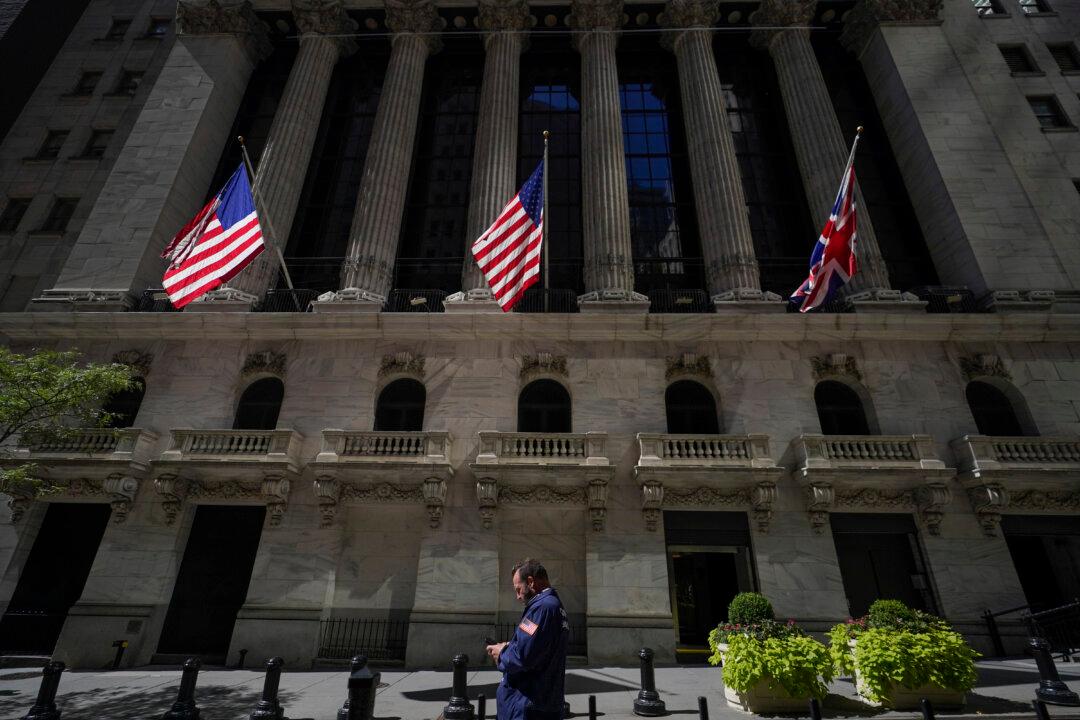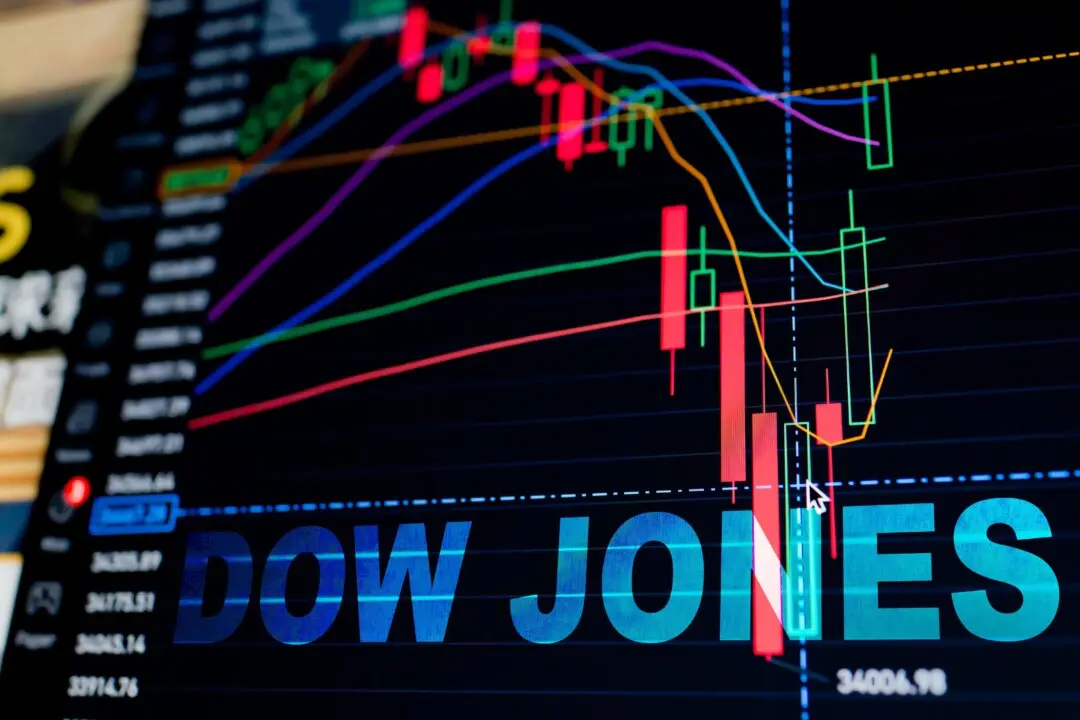Stocks closed mostly higher on a steadying Wall Street as battered banks showed more strength, at least for now.
Markets have been in turmoil following Silicon Valley Bank’s collapse, the second-largest U.S. bank failure in history, earlier this month, and then the third-largest failure, by New York-based Signature Bank.





